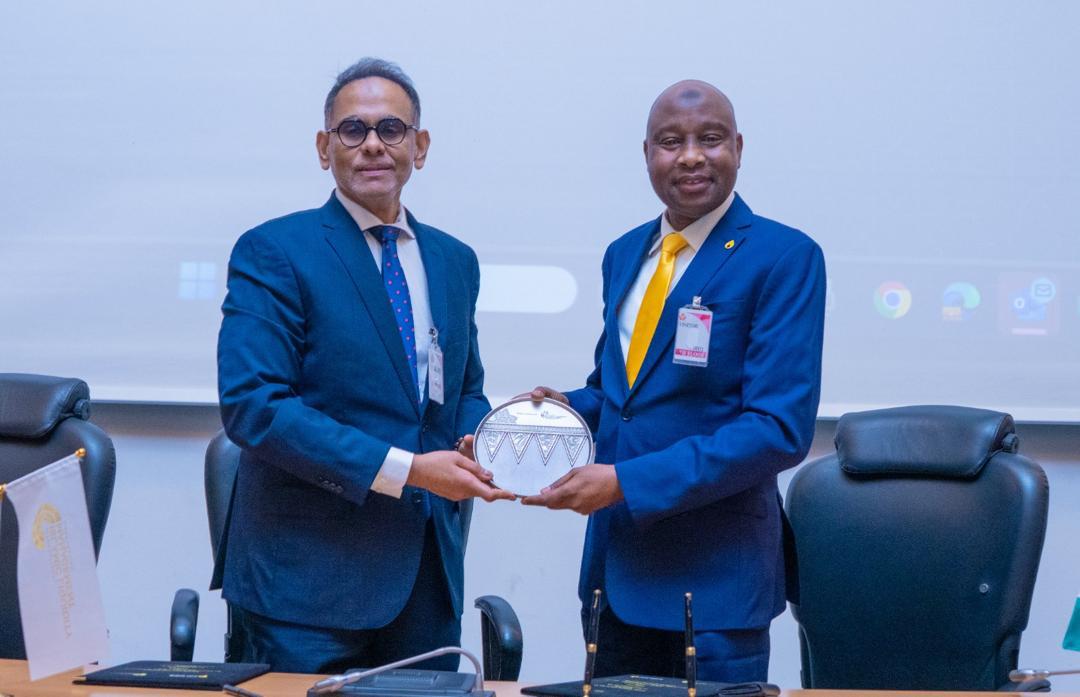The coronavirus pandemic has upended everything about our lives, from how we shop to how we work and how we communicate with each other. But it has been particularly challenging for businesses, which tend to take a careful, calculated approach toward innovation and change.
The stress on health care systems is particularly acute, and it pulls at every touch point. Administrators are worried about spiraling costs and staffing shortages; doctors and nurses are worried about the health of their patients as well as themselves; and everyone is worried about the shortages of personal protective equipment and diagnostic tests. Hoping to help ease the anxiety, Wharton health care management professors Lawton R. Burns and Ingrid Nembhard, and Stephen Shortell from the University of California-Berkeley have written a guide offering five strategies for health care leaders to follow, titled “Responding to COVID-19: Lessons from Management Research.”
“There was a need to remind the world that there is knowledge already out there about how we might think about responding to situations like these,” Nembhard said during a recent interview with the Wharton Business Daily radio show on Sirius XM. “COVID has been unprecedented, there’s no doubt about that. But we have some tools, we have some knowledge that can help us start to think about how we address the situation. There are some things that, if we can be mindful of them, we might actually yield a more positive circumstance for everybody.”
During the radio segment, Nembhard and Burns said the actions suggested in the guide can also help leaders in other industries who are dealing with rapid change.
“Managing through this crisis is somewhat akin to managing corporate strategy,” Burns said. “You basically have no idea what you’re doing. Things are chaotic, things are in flux, the environment’s volatile, the environment’s uncertain, the environment’s complex, the environment’s ambiguous.”
In their guide, the authors suggest the following strategies for leaders:
1. Put people first.
This idea seems obvious in health care, a field that is ostensibly centered on the well-being of patients. But the coronavirus pandemic has demonstrated why it’s also important to focus on the well-being of employees. Countless media stories have shown – sometimes in heartbreaking detail – the fears and anxieties borne by frontline health care workers. One New York City emergency room physician who treated COVID-19 patients and recovered from the disease herself committed suicide. Her father, a retired trauma surgeon, said the stress and exhaustion drove his daughter to take her own life. Other hospital workers are isolating themselves from their families for weeks at a time out of fear they will spread the virus to their spouses or children.
“Those are real emotions. Those are negative emotions that many are dealing with, and we would be remiss if we ignored those and didn’t pay attention to them,” Nembhard said. “We really thought about putting the people who are doing the work first. That’s just fundamental in order for us to be able to address this situation well.”
2. Manage operations creatively.
Unprecedented times require new ways of doing things, and the coronavirus pandemic has shown what is possible when managers think outside the box. In their guide, the professors point to examples of telemedicine, drive-through testing, room-cleaning teams, using ventilators for two patients at a time and other novel strategies that health care systems have deployed and scaled up quickly.
In order for creative thinking to work, it is imperative for managers to toss out their traditional “performance” mindset and instead focus on learning and adapting on the fly.
“Learning mindsets — cultivated via organizational communications and practices — relieve unproductive performance pressure, freeing workers to offer ideas … and to experiment in order to develop effective solutions,” the authors write.
3. Attend to teamwork and communication.
Anyone who works in an office knows how difficult communication can be on any given day. Instructions are misinterpreted, emails are written incorrectly, someone feels slighted. Those typical problems have become magnified during this crisis, as digital communication tools such as Zoom and Slack are used with greater frequency and employees who have never before collaborated must now work together under extraordinary stress. That’s why attention to teamwork and communication is paramount, the professors said.
“How do you get everybody on the same page in order to deliver the coordinated response that we need? That question is before us now, and we’re thinking about that in serious ways, and we’re accomplishing it. I think that’s a big win,” Nembhard said.
4. Create outside partnerships.
A crisis doesn’t care about boundaries, and coronavirus is no exception. The problems created by the outbreak cross demographic, geographic and industrial lines. Companies must seek out new partnerships in order to overcome the complex obstacles in the way, such as disruptions in the supply chain.
“Organizations that thrive, especially when facing novel circumstances, leverage inside and outside relations,” the authors write. The pandemic has offered a plethora of examples: Hospitals have partnered with academic institutions, laboratories, governmental agencies and other health care systems to tackle clinical needs. Last month, Maryland Gov. Larry Hogan worked with his wife, a native of South Korea, to secure a half-million testing kits from South Korea instead of waiting on help from the federal government.
According to Burns, it has been “remarkable to see” the partnerships coming from the crisis. “But boy, it sure takes a lot of political will, and even a lot more money to spend, to pull all this off,” he said. “But you have to think back — it was less than half a year ago [that] we were dumping on the pharmaceutical industry for the rising cost of health care and rising drug prices. Now look what’s happened in six months. We’re now almost lionizing these companies that are making vaccines and therapies. It’s just been a phenomenal transformation.”
The professors acknowledged that a big question remains about whether these partnerships can exist long-term given the competitive nature of the marketplace.
“I think we all would say that we hope that that will be the case,” Nembhard said. “I hope that the reflection would lead them to see how beneficial it has been to form these partnerships.”
5. Embrace clear and humble leadership.
Before the pandemic, personal protective equipment, or PPE — the masks, gowns, face shields and other supplies needed to ward off infection — was an inside-baseball sort of term, something that only frontline health care workers would use. Now, the general public is well-versed in the shortage of PPE, even using the acronym with fluency.
“This has just turned our whole world upside-down. The stuff we thought was important may not be as important as we thought,” Burns said. “For someone who studies the supply chain like I do, that was incredibly humbling. Because I was asked as soon as the crisis began, ‘What do you think about PPEs?’ And to be honest, I didn’t know anything about it. So, I’ve been humbled, and I think all hospital executives have been humbled because they didn’t know anything about it, either.”
In troubled times, employees look to leaders for direction and assurance, the authors write. That’s why leaders must recognize their own shortcomings in expertise and collaborate with others who have knowledge. Doing so requires humility.
Nembhard said embracing humility and the other four strategies laid out in the guide are timeless, meant to be used far beyond the current crisis.
“These principles are things that should help organizations navigate and adapt quickly, not just for pandemics, but in the world in which we live now, which is going to continue to be complex. It’s going to continue to be ambiguous,” she said. “Uncertainty is part of life now, so these principles will help us navigate that.”









